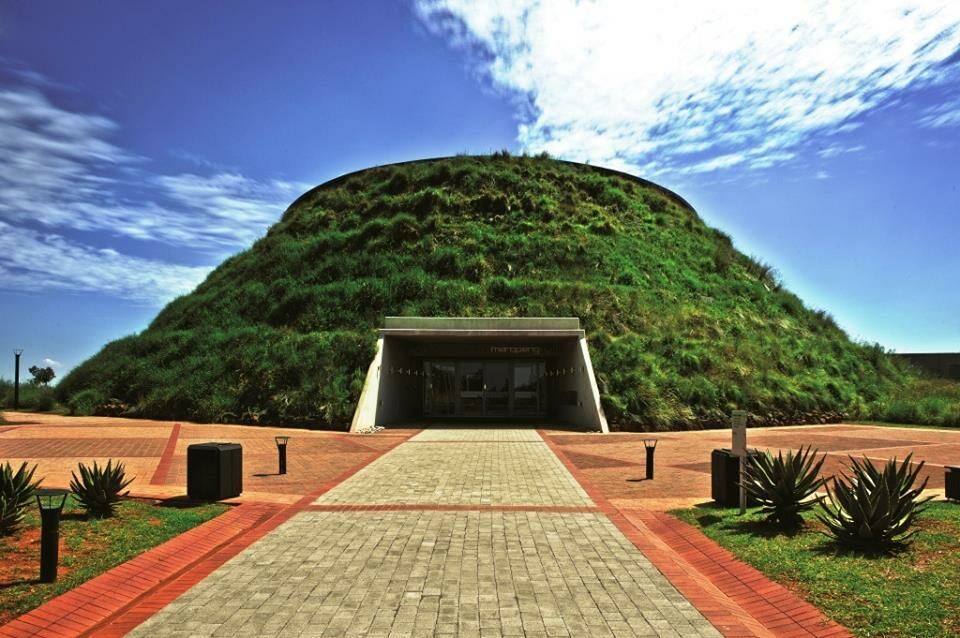The 7-Minute Rule for Johannesburg North Attractions
The 7-Minute Rule for Johannesburg North Attractions
Blog Article
Facts About Johannesburg North Attractions Revealed
Table of ContentsThe Single Strategy To Use For Johannesburg North AttractionsHow Johannesburg North Attractions can Save You Time, Stress, and Money.6 Easy Facts About Johannesburg North Attractions DescribedThe Main Principles Of Johannesburg North Attractions The Johannesburg North Attractions IdeasThe 7-Second Trick For Johannesburg North Attractions
The city grew on the edge of the Witwatersrand Key Coral reef, a below ground stratum of gold-bearing quartz-silica corporation that arcs for hundreds of miles below the Highveld - Johannesburg North attractions. Most of the gold mines in the city stopped operation in the 1970s, yet in its day the Witwatersrand gold market accounted for even more than 40 percent of the world's yearly gold production.Johannesburg has a temperate climate. The city delights in about eight hours of sunshine per day in both winter season and summer.
What rain the city gets falls virtually solely in the summer months, typically in incredible late-afternoon electric storms. Air pollution postures a considerable problem, particularly in the cold weather, when thermal inversions hinder the westward circulation of air from the Indian Sea. Contamination is most extreme in the densely resolved Black municipalities on the city's periphery, where numerous residents still rely upon coal for fuel.

Unknown Facts About Johannesburg North Attractions
The balance of the city is occupied by whites. Lodging varies in character and high quality.
Physical development, although somewhat restricted by transport, continued promptly as migration to South Africa, and Johannesburg in specific, increased considerably.
The majority of poor suburbs were mixed, with bad blacks and whites living with each other, although the affluent residential areas were normally reserved for whites.
The estimated population of the area is 200,000, [] however the number of people staying in the central city on an informal basis is unknown, as many are illegal aliens. Many higher-income citizens and white individuals have relocated to the northern suburban areas and have actually been replaced by lower-income black people. The joblessness, education, and age profiles of the location are all unidentified, due to the trouble of acquiring reputable information concerning the area.
The Best Strategy To Use For Johannesburg North Attractions
Centred on the CBD, the area includes the suburbs of Yeoville, Bellevue, Troyeville, Jeppestown, and Berea to the eastern. To the west it spreads to Pageview (Johannesburg North attractions) and Fordsburg. There are small industrial parks to the click to read south, such as City West-Denver and Benrose. Around 800,000 commuters pass through the central city each day, and Recommended Reading it operates as a regional purchasing node for visitors from the southern suburbs. Yeoville and Bellevue have a mix of home buildings and solitary domestic systems on small great deals. The area is located on a mountainous divide that runs from eastern to west. The most noticeable geographic attribute is Observatory Ridge, which is named for the big observatory situated on it. The leisure areas are no more utilized, due to safety and security issues.

The Greatest Guide To Johannesburg North Attractions
R. Tambo International Airport). The eastern suburban areas are several of the earliest locations of Johannesburg, there are large communities of Jewish and other European backgrounds, the bulk of the populace is English talking. There are 3 golf courses along with a variety of secured ridges with viewsites. There are several strong and up-market enjoyment and shopping areas in the east such as the Eastgate Mall and the Greenstone shopping center.
Initially developed to house male migrant workers, several have actually been improved as dwellings for pairs and households. The suburban area was not traditionally allowed to create employment centres within the area, so virtually all of its citizens are commuters to various other components of the city.
Get This Report about Johannesburg North Attractions
The N1 Western Bypass attaches the northern residential areas with the north-western suburban areas. The property locations in the north suburban areas are mostly official, with no substantial areas of casual housing, or real estate that lacks an irreversible structure. This is a well-known location, there is a fad of land use modification from household to industrial, especially along primary arterial roads and around established nodes.
The location is well linked to roadway networks, particularly along the north-south axis formed by the M1 and N1. Roads to the east and west are much less well established, as there are no highways travelling in that direction. Towards the north border of the city, the thickness of growth lowers, leaving huge locations of undeveloped land around Midrand.
The Definitive Guide for Johannesburg North Attractions
The very first check my site suburban area to the north of the internal city is Parktown, which lies on a hillside forgeting the internal city and Hillbrow. It has many rich citizens and Edwardian-design manors, along with the Education and Medical schools of the University of the Witwatersrand. The large concrete Charlotte Maxeke Johannesburg Academic Healthcare Facility dominates the skyline of Parktown.
Report this page